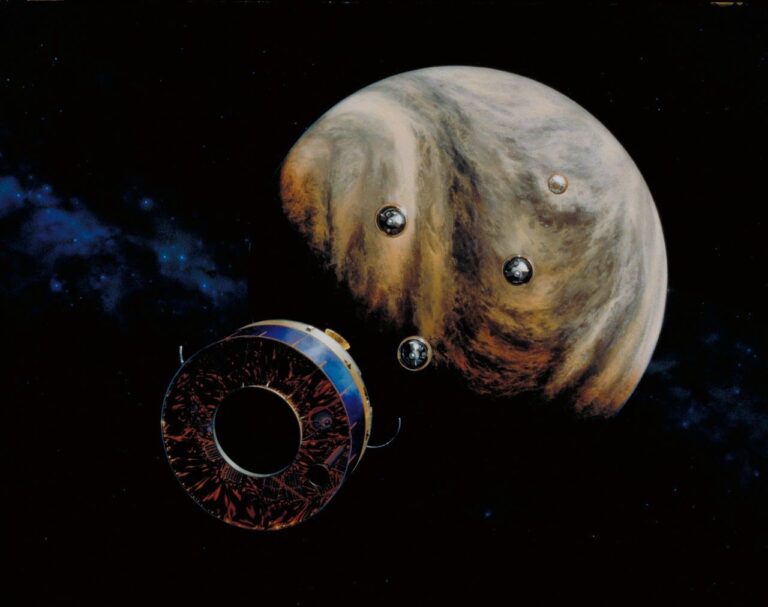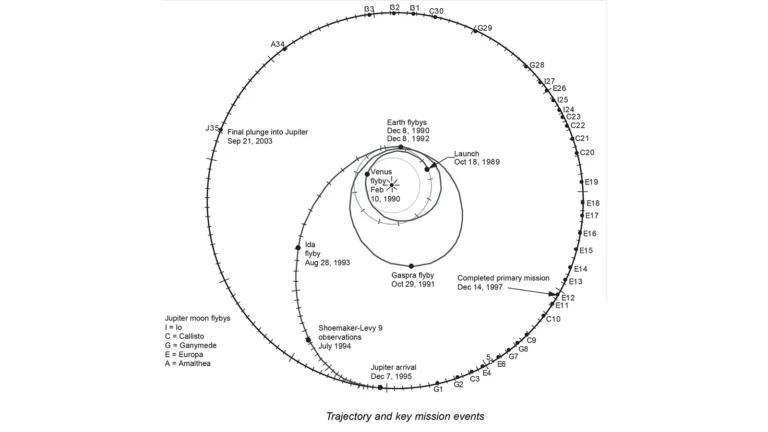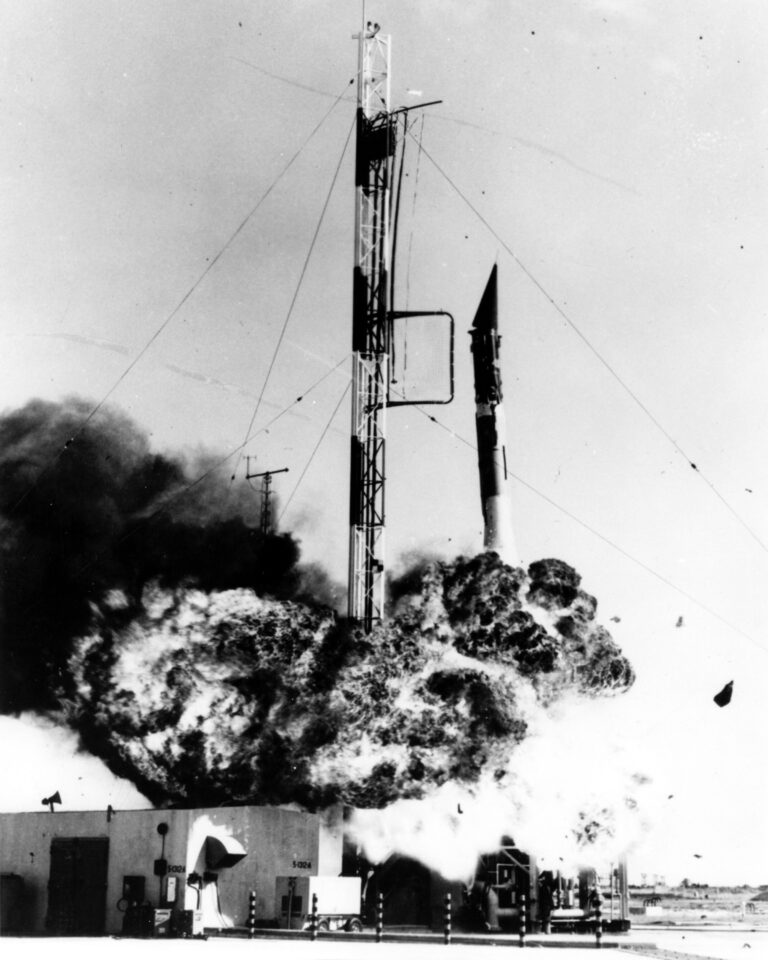Key Takeaways:
“Only recently have we begun to observe dust jets persisting even after sunset,” said Holger Sierks from the Max Planck Institute for Solar System Research (MPS) in Germany. In the past months, the comet’s activity originated from illuminated areas on the day side. As soon as the Sun set, these jets subsided and did not re-awaken until after the next sunrise. An exception poses an image from March 12, 2015, showing the onset of a dust jet on the brink of dawn.
According to OSIRIS scientists, the jets now occurring even after sunset are another sign of the comet’s increasing activity. “Currently, 67P is rapidly approaching perihelion in mid-August,” said Sierks. At the time the image was taken, the comet and Sun were only 168 million miles (270 million kilometers) apart. “The solar irradiation is getting more and more intense, the illuminated surface warmer and warmer,” Sierks added.
First analyses suggest that the comet can store this heat for some time beneath its surface. “While the dust covering the comet’s surface cools rapidly after sunset, deeper layers remain warm for a longer period of time,” said Xian Shi from MPS, who examines the sunset jets. In these layers, Rosetta scientists suspect the supply of frozen gases, which fuels the comet’s activity.
Older comet missions, too, like Stardust to Comet 81P/Wild 2 and Deep Impact Comet 9P/Tempel 1 had found evidence of jets sustained on the night side. “But only the high-resolution images of OSIRIS now allow us to study this phenomenon in detail,” said Sierks.










